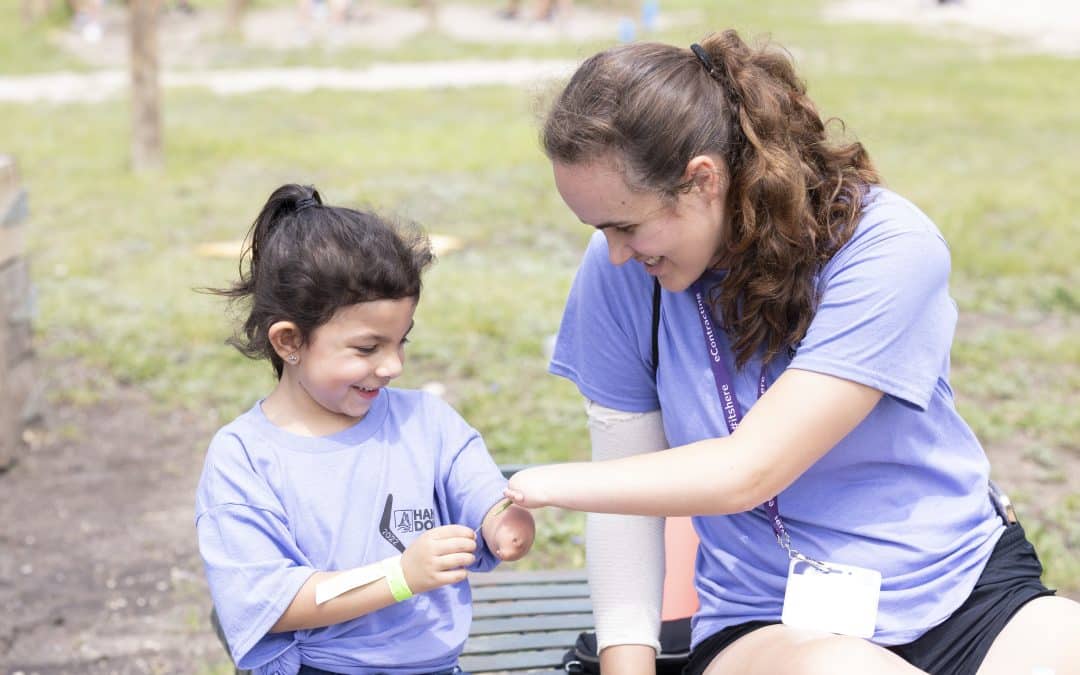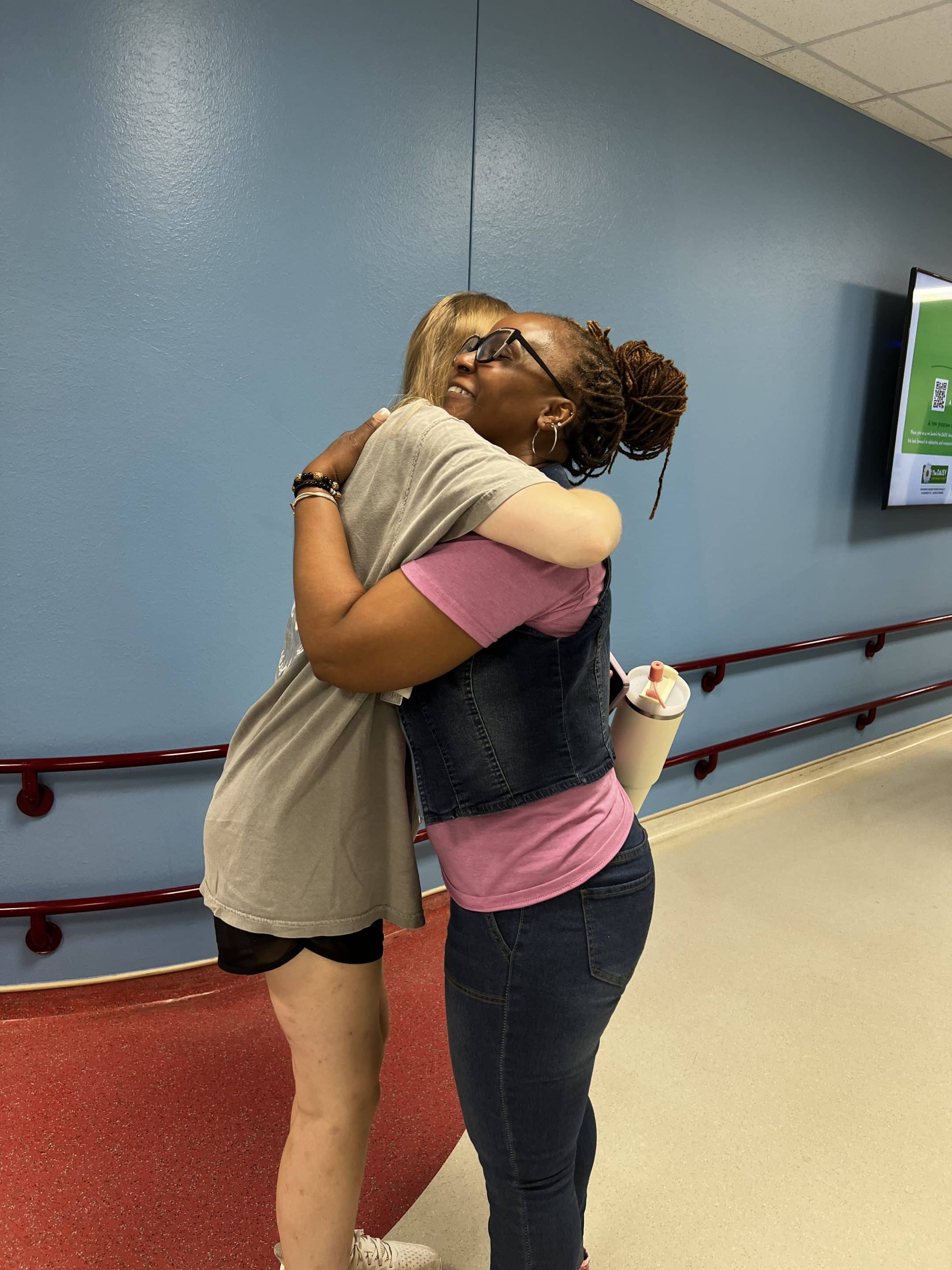
How Healing Sparked Jasmine’s Future In Medicine
What begins as a chapter of healing can sometimes become the foundation for a lifelong calling. For some patients, like Jasmine, the care they once received becomes the very reason they find their own unique way to give back in the future.
In her hometown of Lubbock, Texas, Jasmine was diagnosed with juvenile idiopathic arthritis (JIA) at age 1. JIA causes stiffness and swelling in the joints. In Jasmine’s case, she experienced painful symptoms initially in her wrists, one ankle and one knee. Later on, she developed symptoms in 20 of her joints. Jasmine and her family traveled from Lubbock to Dallas for her monthly appointments with Scottish Rite for Children’s pediatric Rheumatology team — a memory she remembers positively.
“Scottish Rite has always been a welcoming place,” Jasmine says. “I remember the welcoming environment, from the popcorn to the cafeteria and more.”
Having JIA means living with an unpredictable condition, with flare-ups that can worsen symptoms without warning. Throughout these challenges, Jasmine’s care team has been a steady source of support. Her team of rheumatologists collaborated with Jasmine and her family to adjust medications and injections as needed. Together, they helped her navigate the uncertainty of JIA and strive toward a life with less pain.
“Scottish Rite taught me to focus on the positive aspects of life and continue making the best out of any circumstance,” Jasmine says. “The doctors, nurses and staff members gave me such a wonderful experience.”
As a patient, Jasmine found community at Scottish Rite through programs like Camp Joint Adventure and Learn to Golf, which are designed to bring patients together in a positive, “can-do” environment. In gratitude, Jasmine has returned for the past three years to give back to the same programs that once gave her so much.
“The memories and lifelong friends I have gathered through these programs are something I will be forever grateful for,” Jasmine says. “These are friends that I will invite to my future wedding. I also developed valuable connections with my care team who never gave up on me and shared meaningful experiences with current patients through the camps.”
Jasmine’s journey has inspired her to take her passion for giving back even further. She will graduate from Texas Tech University in December and will apply to medical school in the spring. With her goal set on becoming a pediatric rheumatologist or orthopedic surgeon, Jasmine carries the values and principles she learned from her care team at Scottish Rite along the way.
Do you have a story? We want to hear it! Share your story with us.











